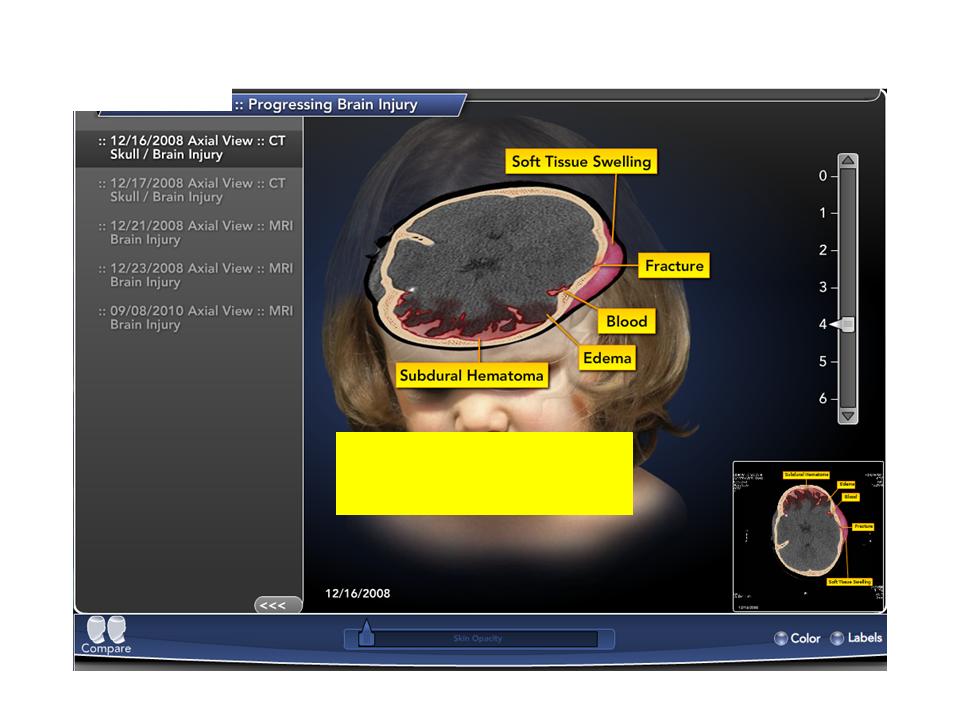 In representing injured persons both in Virginia Beach or Norfolk, VA, as well as North Carolina (NC) and beyond, for over 20 years, I am many times faced with questions from personal injury clients as to whether they should get an MRI (magnetic resonance imaging) for example of their back, neck, shoulder, knee, etc. Also, clients, not being insiders of the medical system, are often uncertain as who can order an MRI for them, if it is medically necessary.
In representing injured persons both in Virginia Beach or Norfolk, VA, as well as North Carolina (NC) and beyond, for over 20 years, I am many times faced with questions from personal injury clients as to whether they should get an MRI (magnetic resonance imaging) for example of their back, neck, shoulder, knee, etc. Also, clients, not being insiders of the medical system, are often uncertain as who can order an MRI for them, if it is medically necessary.
What Is the Value of Magnetic Resonance Imaging?
MRIs are the gold standard for looking at soft tissue areas such as the spinal discs, and for looking at tissue between bone, such as the rotator cuff, medial meniscus, or ACL of the knee. MRI’s can be done on most areas of the body and are completely different from an X-ray because an X-ray sees bone, but almost none of the soft tissue between the bones. With the development of the MRI, medical professionals and doctors became able to see much, if not all of the soft tissue structure between the bones and at different angles and perspectives. For example, in an injury case involving a back injury or neck injury, many times a person will suffer continuing pain emanating from this part of the body and no bone or x-ray study will show anything. This is the time that an MRI is important, particularly many weeks after the traumatic incident has occurred.
Who Can Order an MRI?
The answer is that any family doctor can order an MRI, if he or she desires. Orthopedic surgeons and neurosurgeons will routinely order an MRI study, and even a chiropractor can arrange for an MRI in most states, and certainly in Virginia.
LEARN MORE
- Types of Medical Evidence Injury Trial Attorneys Present to Jurors
- How Personal Injury and Wrongful Death Trial Attorneys Use Images and Videos to Make Cases
- How Judges Decide What Evidence Personal Injury and Wrongful Death Trail Juries Can See
Who Can Read an MRI?
Any of your medical professionals that order an MRI are usually trained to interpret an MRI, just as well as they are trained to interpret an X-ray. It used to be that an MRI was only produced in a sheet placed on a view box (like an X-ray) for the medical doctor, but now most facilities are using computer hard drives and saving a computer version of the MRI studies that can be distributed to your doctor by email or CD Rom. For purposes of personal injury case representation, having digital copies of these studies makes working with them much easier for purposes of importing them into slides or presentation exhibits.
When Are Medical Illustrations Used?
Our firm will sometimes arrange to work with a medical illustrator who will do custom illustrations of the specific anatomical part of the body that is damaged in a personal injury case. This requires us to obtain a digital version (if available) of your MRI and to work closely with the professional medical illustrator.
How Important Is an MRI for Your Personal Injury Case?
The answer here is that it depends on the issues in your personal injury case. However, it can be extremely important objective (independently verifiable) evidence to show your injury if you have continuing pain that is hard to document in any other way. For example, it’s hard to argue with an MRI that shows a herniated or bulging spinal disc rubbing on nerves. As personal injury trial attorneys, we are better able to represent a client if we have an MRI showing an abnormality or some sort of damage, whether it’s to the back, neck, shoulder, knee, ankle, or any other part of the body. There are other tests that are also helpful such as CT scans, nerve conduction studies, and EMGs. MRIs can be very helpful in proving a rotator cuff injury, showing ACL or medial meniscus injuries among many other examples.